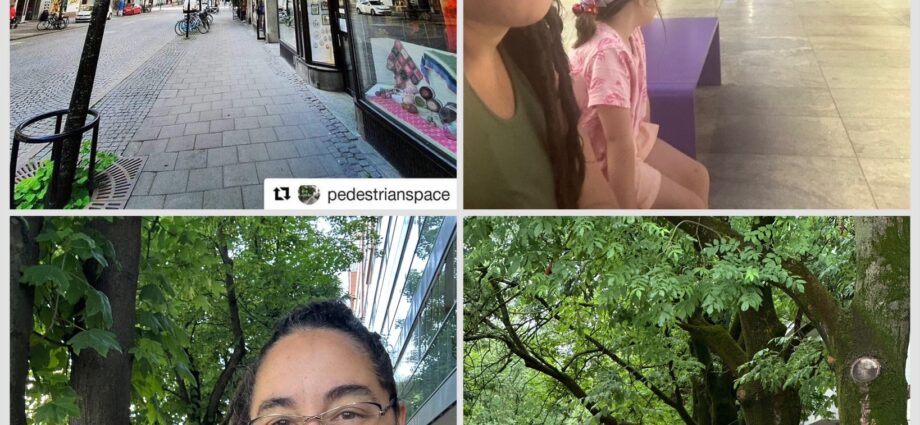I wrote the below in Örebro on May 27, 2020. I refer to this city often not because I love it, but it was while living there that I heard of the 15-minute city concept and had a lightbulb moment as that lifestyle is what I was living.
While living there I established Pedestrian Space an began to document aspects of walkability, learning so much in the context of a city that prioritizes the pedestrian experience.
It is now 4 years later. I am a 2nd year PhD student researching issues of walkable urbanism in the 15-minute city context and just yesterday I signed my 1st contributor publishing agreement for a chapter in a volume on underground space (linking back to themes of my 1st thesis 20 years ago). Time and Space!!
May 2020
I have been interested in issues of walkability for decades now but haven’t consistently lived in walkable cities.
When I do, my appreciation knows no bounds.
Our current location in central Sweden embodies the concepts of a 15-minutecity. I can reach all I need (services, parks, public spaces etc) on foot in 15 minutes or less. People in wheelchairs are frequently rolling around town and much thought has clearly been put into the benefit of trees lining pedestrian spaces as well.
This morning I was reminded, in such a practical way, about the benefits of a 15-minute city, the essence of healthy urbanism.
I took the 5-minute bus ride to drop my kids off at school (some mornings we walk) and then walked ∼12 minutes back to our block to go to the postal service.
As I was there I got a text reminder of a doctor’s appointment I had in 10 minutes. Uh oh- I forgot about that! But I was able to finish up, walk briskly to the hospital (about 7 minutes) and end up being almost on time.
Later, I was home to clean, do errands and then go to lunch at my favorite restaurant in the heart of the city.
Later I would walk to my kids school and enjoy the walk home with them, taking in the sights of the city and running last-minute errands before settling in for the evening.

Bottom: Today, appreciating my 5-minute neighborhood lifestyle in a district in Warsaw // snap from our current hood

